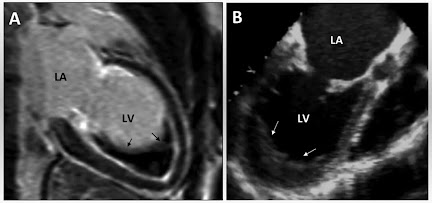Influenza / Bird flue / Swine flue
Definition : It is an acute highly infectious viral disease caused by influenza virus A, B and C. Characterised by high grade fever associated with malaise, headache, chills, sneezing, coryza etc.
AGENT FACTORS
Agent : Influenza virus A, B & C ( arthomyxoviridae family), antigenically different, no cross immunity. Type A & B viruses has antigen (Haemagulutinin and Neuraminidase)
Haemagulutinin (H antigen) - have 16 subtypes H1, H2, H3….H16. It provide attachment of the virus to
susceptible host.
|
Neuraiminidase ( N antigen) - have 9 subtypes N1, N2, N3….N9. It
is responsible for the release of the virus from the infected cells
|
Source Of Infection : Case - Clinical and Subclinical.
Infective Materials : Nasopharyngeal secretion.
Period Of Communicability : 1-2 days before & 1-2 days after the appearance of symptoms.
HOST FACTORS
Age : All ages are susceptible.
Sex : Equal effects on both sexes.
Mortality Rate : is high before 18 month and after 60 years of age.
Immunity : Develops after one week of infection and remains up to maximum 1 year.
ENVIRONMENTAL FACTORS
Season : Winter season is favorable.
Area : Increase attack rate in overcrowding area.
Incubation Period : 18-72 hrs.
Mode Of Transmission : Direct droplet & Droplet nuclei.
CLINICAL FEATURES
- Sudden onset of high grade fever with rigor and chills.
- Malaise, arthralgia and myalgia.
- Sneezing.
- Running nose.
- Lacrymation.
- Conjunctivitis.
- Cough.
In severe condition -
- Respiratory rate increase
- Shortness of breath.
- Chest pain
- Dyspnoea (respiratory failure even death).
COMPLICATIONS
- Involvement of lower respiratory system.
- Pneumonia
- Respiratory rate increased
- Chest in-drawing.
- Cyanosis.
- Respiratory failure
- Death.
PREVENTION & CONTROL
- Vaccination - Live attenuated vaccine (nasal spray), Killed vaccine, Split virus vaccine and Neuraminidase specific vaccine (duration of vaccine is maximum 6 month.
- Diagnosis - Isolation of virus from nasopharyngeal secretion by ELISA. Paired sera (check Ig level).
- Treatment - Neuraminidase inhibitors i.e. Oseltamivir (temiflue / flueviral ) 100 mg BD x 5 days and Zanamivir.
CLINICAL CATEGORIZATION OF FLUE PATIENT
Category -A
- Upper respiratory tract infection.
- Symptomatic treatment
Category - B
- Lower respiratory tract infection with expectoration
- Test to be done
- Antiviral to be given
- No need of administration
Category - C
- Respiratory failure
- Admit in ICU with ventilator and oxygen
- Dyspnoea
- Test to be done
- Antiviral to be given
Similar Posts -






No comments:
Post a Comment
Please do not enter any spam link in the comment box